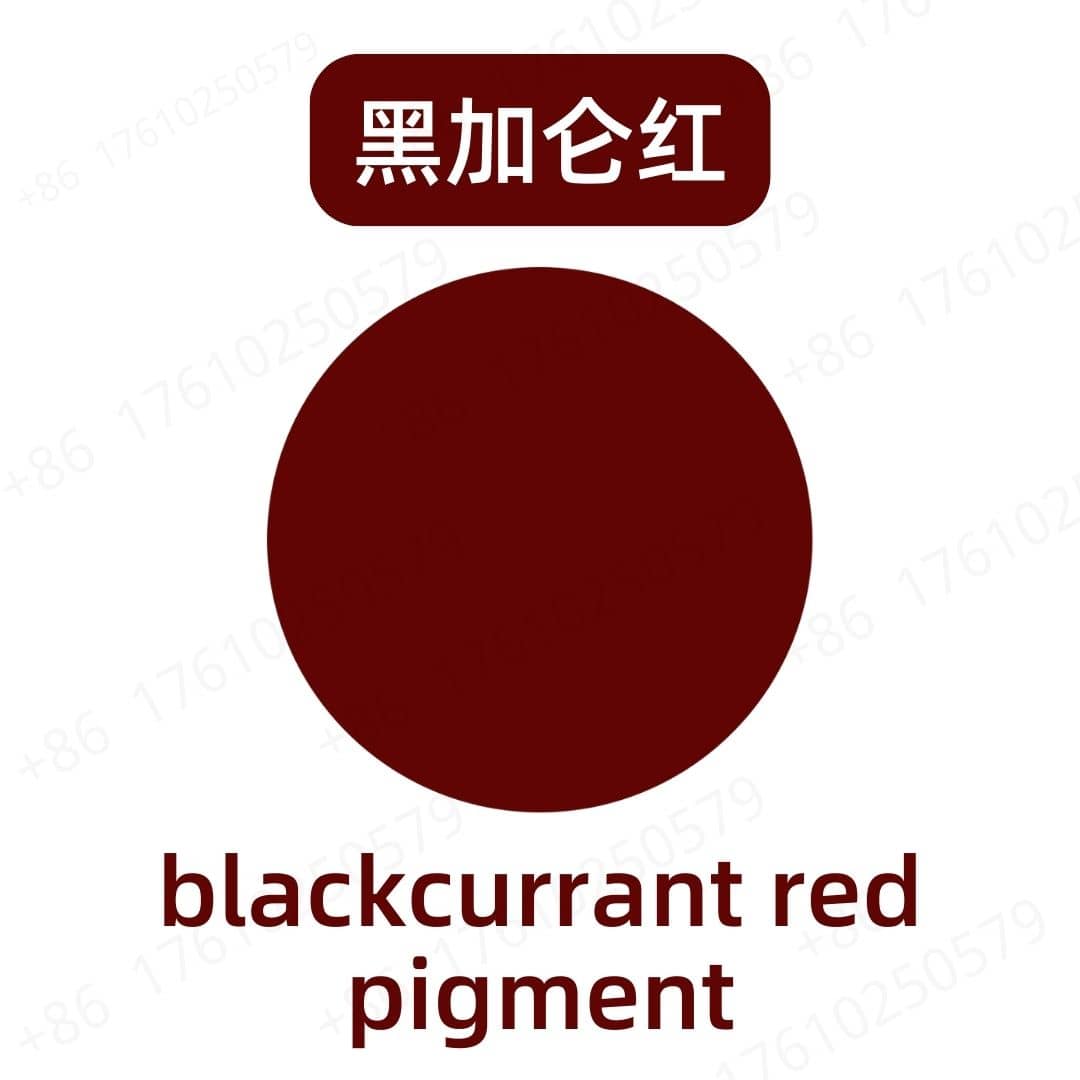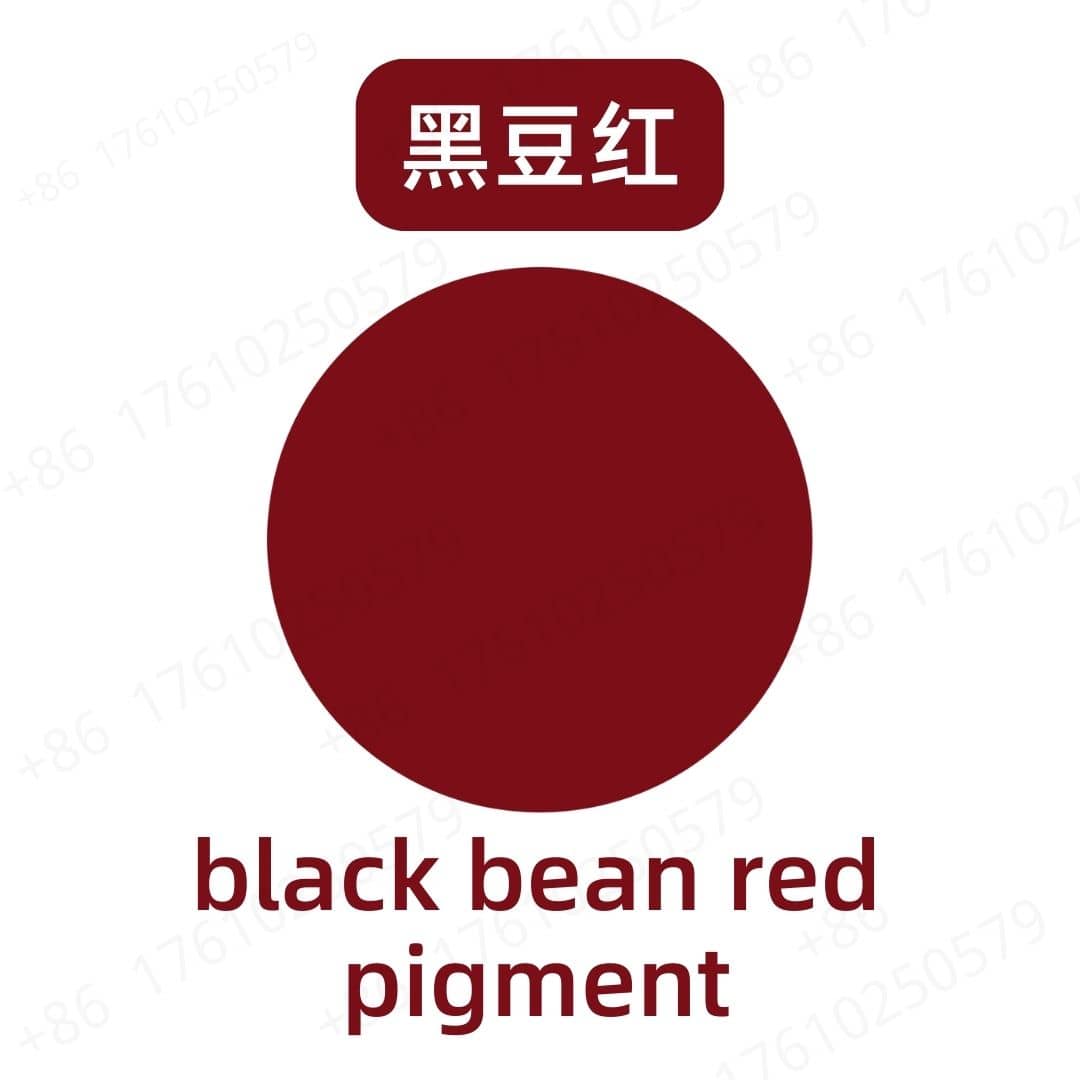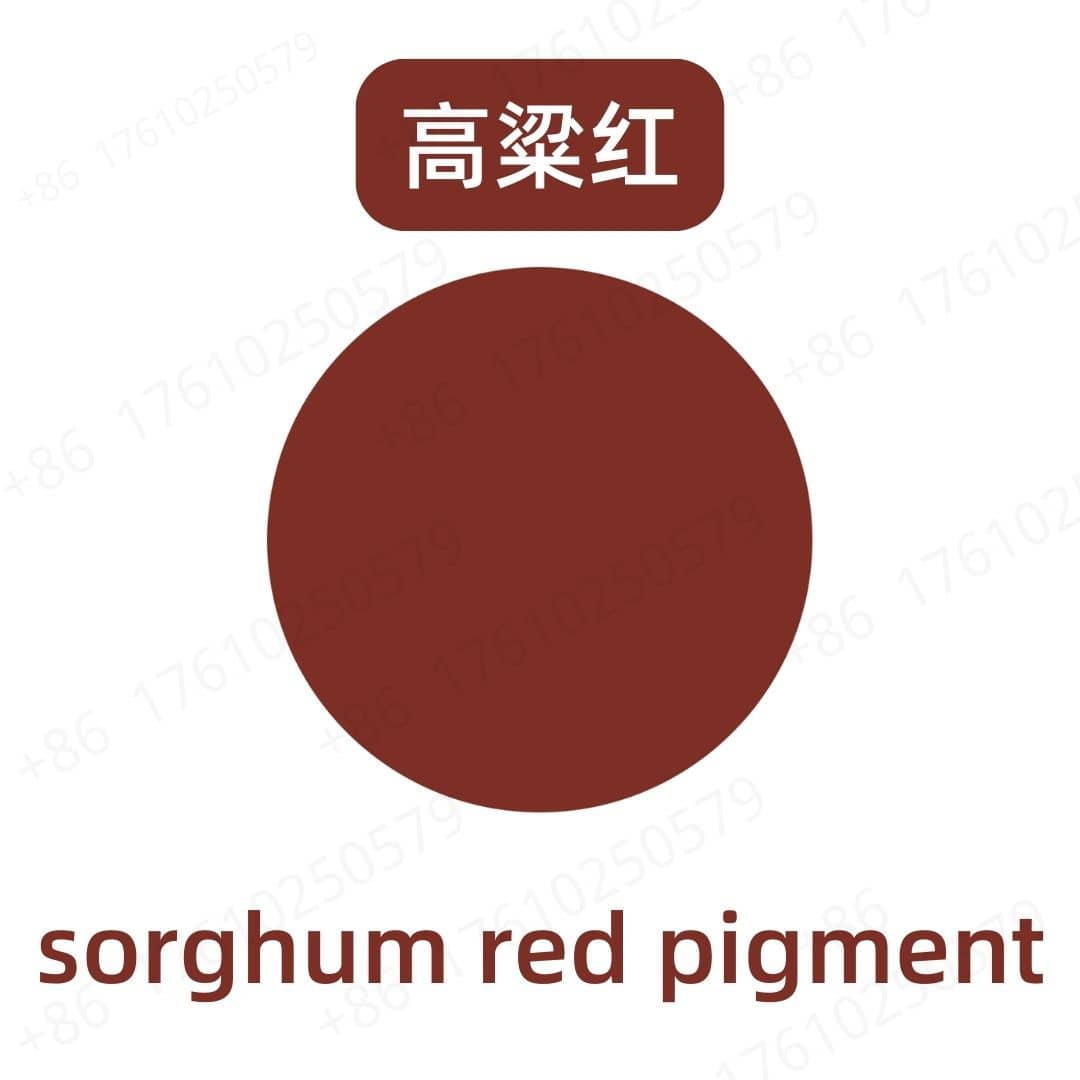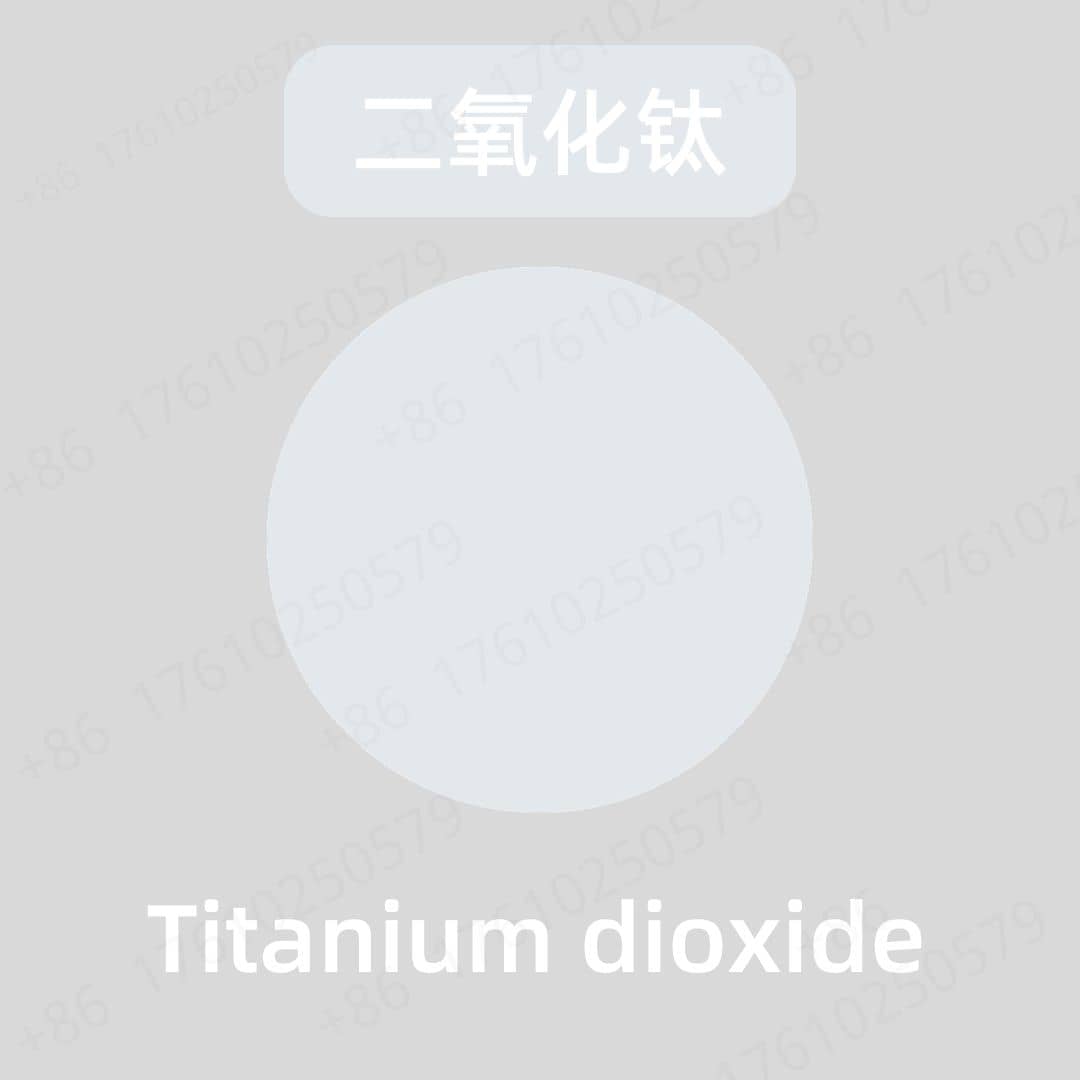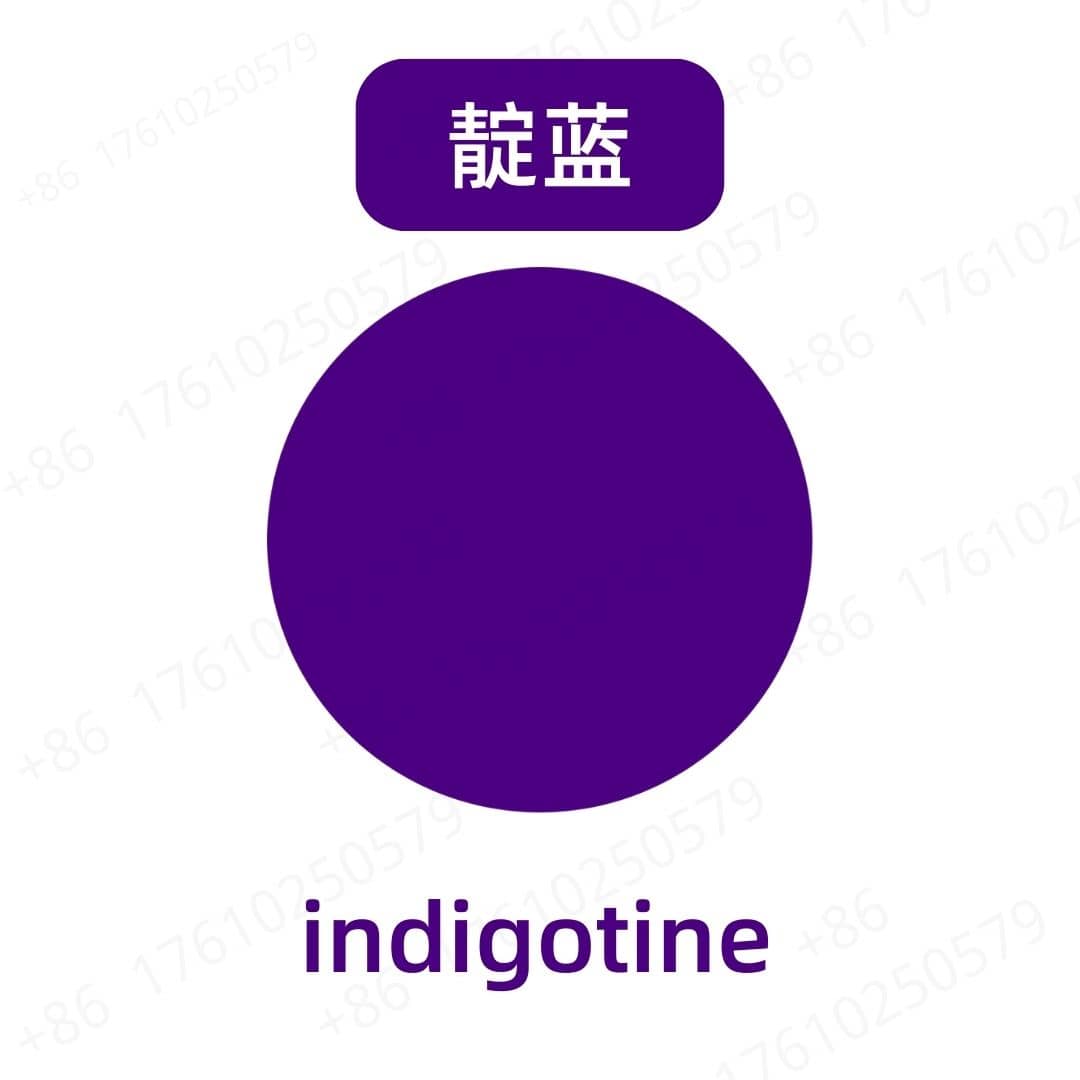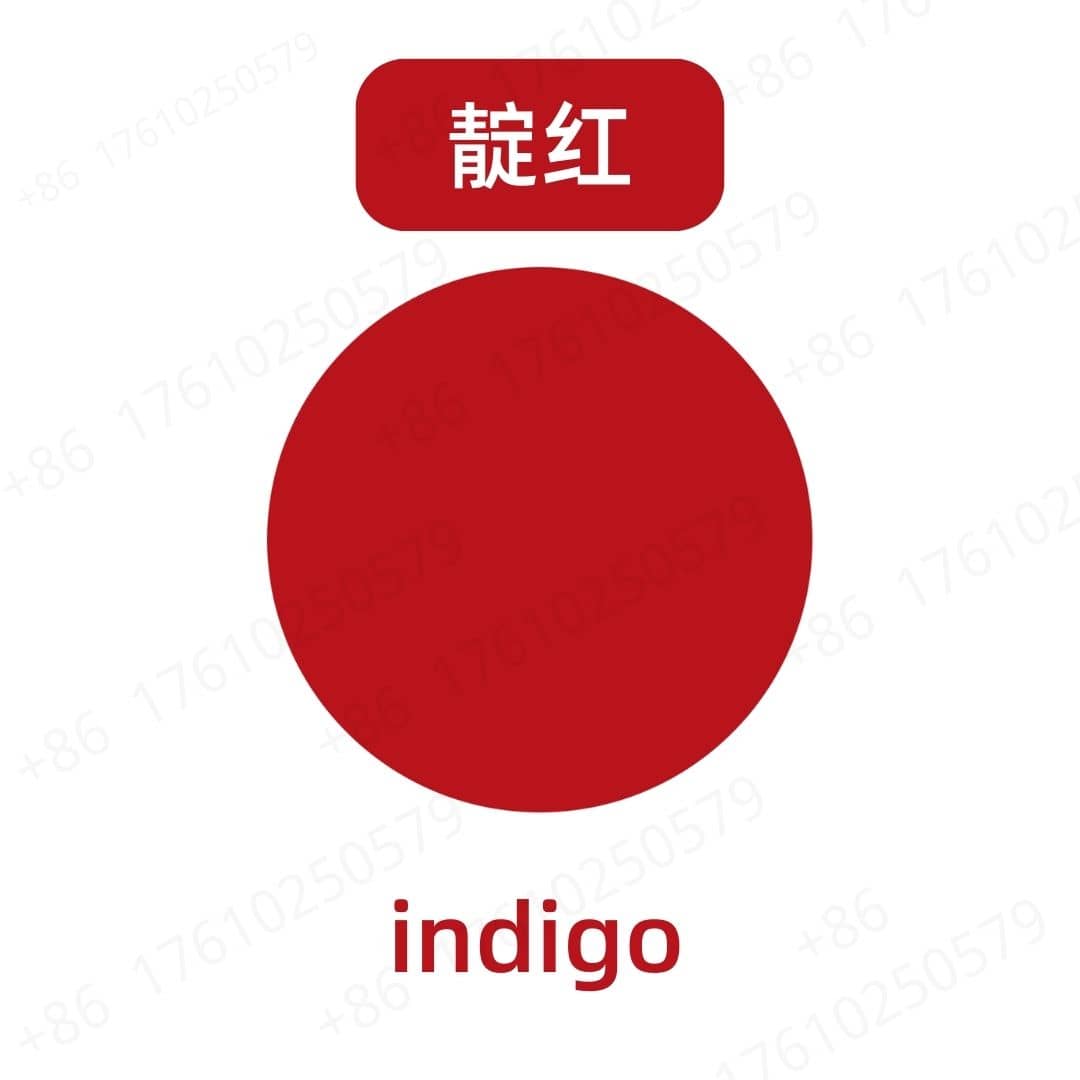Product Introduction
Citrus yellow pigment is a natural colorant derived from the peels of citrus fruits. The color is primarily attributed to a group of compounds called flavonoids, which are abundant in the outer layer of citrus peels. Key flavonoids contributing to the yellow hue include hesperidin, naringin, and their derivatives. These compounds are valued not only for their coloring properties but also for being plant-derived, making them a popular choice for clean-label food and beverage products. The resulting pigment is typically available as a water-soluble or water-dispersible powder, providing a stable, bright yellow shade that is characteristic of citrus fruits.
Production Process
The production of citrus yellow pigment begins with the selection of high-quality citrus peels, which are a byproduct of the juice industry. The peels are first thoroughly washed and sometimes dried to reduce moisture content. The core of the process is extraction, where the pigments are drawn out from the peel material. This is typically accomplished using a food-grade solvent, such as an ethanol and water mixture. The solvent percolates through the peels, dissolving the target flavonoid pigments along with other soluble compounds.
After extraction, the resulting liquid is a crude extract that requires purification. It is filtered to remove any solid peel fragments. The filtered liquid is then concentrated, often under vacuum, to gently evaporate and recover the solvent for reuse. This step increases the pigment concentration. The final stage is converting the concentrated liquid pigment into a stable powder. This is most commonly done through spray drying, a process where the liquid concentrate is atomized into a chamber of hot air. The water evaporates almost instantly, leaving behind a fine, dry powder. A carrier agent, like maltodextrin, may be added before spray drying to improve the powder's stability and handling properties.
Application Scenarios
Citrus yellow pigment is used across the food and beverage industry as a natural coloring agent. In beverages, it is widely used to impart a yellow color to soft drinks, fruit juices, flavored waters, and powdered drink mixes. Its good stability in the acidic conditions common to many beverages makes it a very suitable choice.
In the confectionery category, it is used to color hard candies, gummies, jellies, and chewing gum, providing a vibrant yellow that consumers often associate with lemon or pineapple flavors. It serves as a natural alternative to synthetic dyes.
It is also applied in dairy products and desserts. For example, it can enhance the color of lemon-flavored yogurts, ice creams, and sorbets, reinforcing the visual appeal of the product.
Other applications include coloring for baked goods, particularly frostings and fillings, as well as sauces and dressings. In the dietary supplement industry, citrus yellow pigment is used to color tablets, capsules, and powdered supplements, aligning with the natural positioning of many of these products.
Packaging and Storage
【Storage Conditions】Store in a sealed, light-proof container, away from high temperatures, in a dry, cool, and well-ventilated place.
【Packaging】Bulk: 25kg/fiber drum; Sample: 1kg/aluminum foil bag; Custom packaging available upon request.
【Shipping Methods】FedEx, DHL, dedicated logistics, and sea freight consolidation.
【Shelf Life】Two years
Monica Sun possesses extensive technical expertise and market insights in the food additives industry. She excels in designing efficient and safe additive formulations tailored to various food applications, ranging from sweeteners to functional dietary fibers. Monica has successfully assisted food manufacturers in optimizing ingredient combinations to enhance product quality and improve consumer satisfaction.









